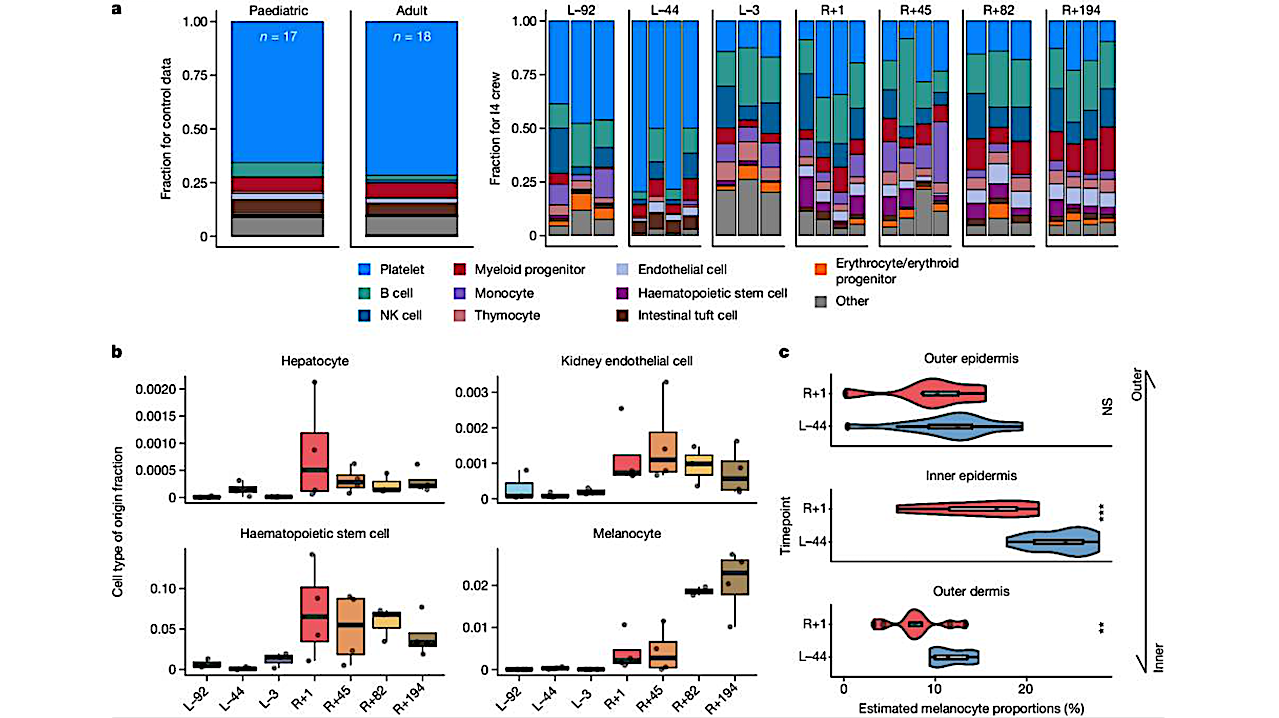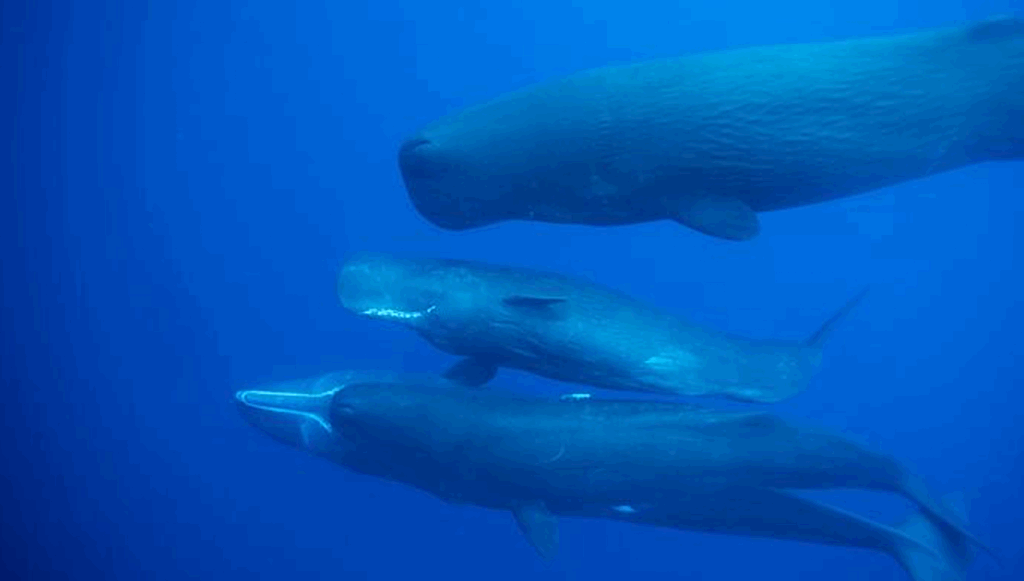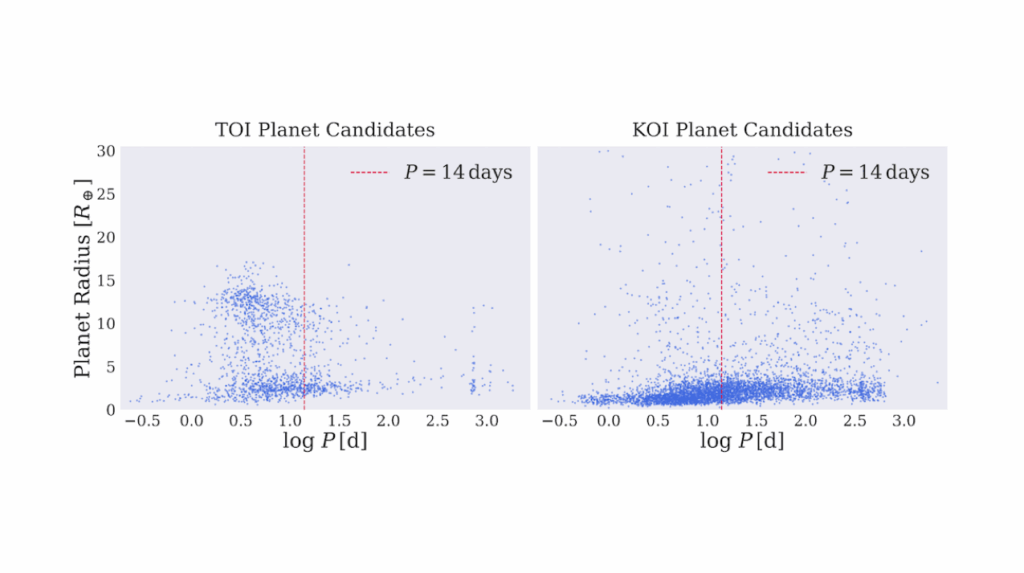The Space Omics and Medical Atlas (SOMA) and International Astronaut Biobank

Spaceflight induces molecular, cellular and physiological shifts in astronauts and poses myriad biomedical challenges to the human body, which are becoming increasingly relevant as more humans venture into space.
Yet current frameworks for aerospace medicine are nascent and lag far behind advancements in precision medicine on Earth, underscoring the need for rapid development of space medicine databases, tools and protocols.
Here we present the Space Omics and Medical Atlas (SOMA), an integrated data and sample repository for clinical, cellular and multi-omic research profiles from a diverse range of missions, including the NASA Twins Study, JAXA CFE study, SpaceX Inspiration4 crew1, Axiom and Polaris.
The SOMA resource represents a more than tenfold increase in publicly available human space omics data, with matched samples available from the Cornell Aerospace Medicine Biobank. The Atlas includes extensive molecular and physiological profiles encompassing genomics, epigenomics, transcriptomics, proteomics, metabolomics and microbiome datasets, which reveal some consistent features across missions, including cytokine shifts, telomere elongation and gene expression changes, as well as mission-specific molecular responses and links to orthologous, tissue-specific mouse datasets.
Leveraging the datasets, tools and resources in SOMA can help to accelerate precision aerospace medicine, bringing needed health monitoring, risk mitigation and countermeasure data for upcoming lunar, Mars and exploration-class missions.
The Space Omics and Medical Atlas (SOMA) and international astronaut biobank, Nature via PubMed (open access)
Astrobiology,








